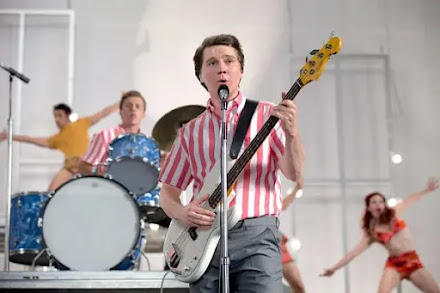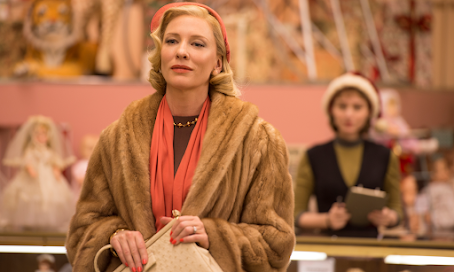 |
| Pauline Lafont and Lucas Belvaux in Poulet au vinaigre |
Adapted by Chabrol and Dominique Roulet from her novel Une mort en trop, the source material suits the most Hitchcockian of French directors to a tee. When Chabrol pictures Louis carrying his mother up the steps of their manse, one can't help but think of Norman Bates and his mother in Psycho. The theme of surveillance is introduced in the title sequence, in which the inhabitants of the town attending a party are viewed through a 35mm lens taking snapshots, and throughout the film someone is always spying on someone else. If Chabrol's essence is to be distilled down to a single theme it is the omniscience of human mendacity lurking behind the façade of bourgeoise propriety. Even the inspector seems to act not out of a thirst for justice, but out of a desire to express his will to power.
This picture of the bleak vectors of human behavior was not released in the States (Chabrol was then at his commercial and critical nadir), but proved popular enough to spawn a sequel (1986's Inspector Lavardin) and subsequent television series. The cast is first rate, particularly Poiret, though Audran is a little too stiff to portray psychosis. Pauline Lafont, daughter of Bernadette and sister of Elisabeth, is very striking as the village minx. Knowing her premature fate, she fell to her death hiking near a ravine in 1988, it is hard not to look at her in her youthful glory without a feeling of tristesse.
























